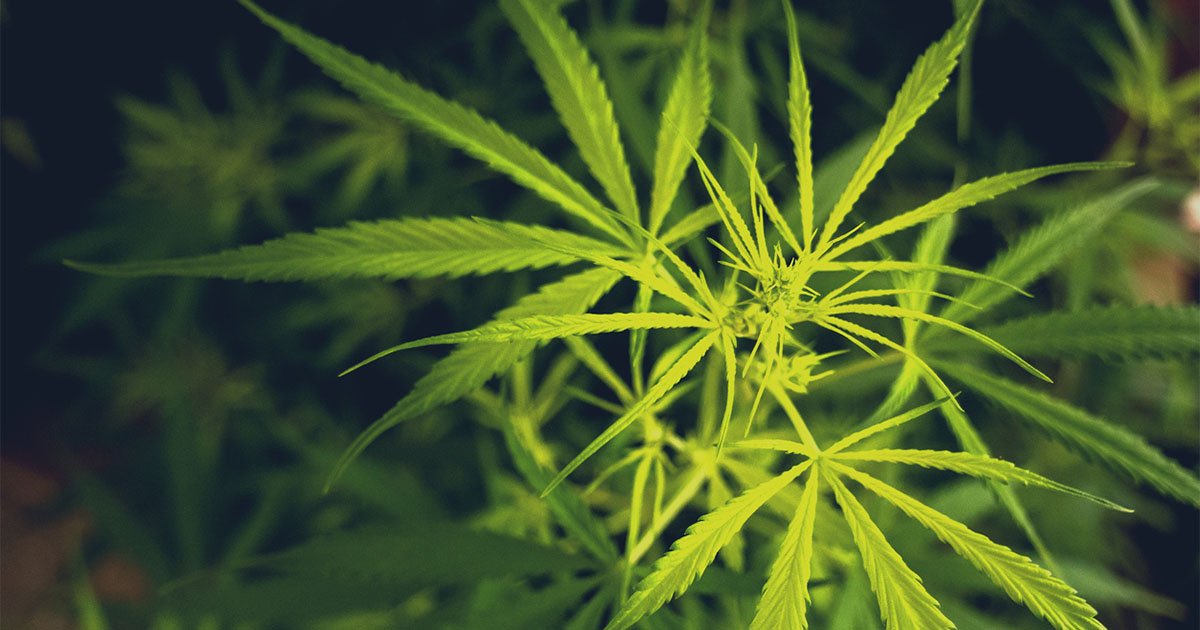Last May, Minnesota became the 23rd state to legalize adult-use cannabis. While policymakers can glean lessons from the experiences of other states that legalized cannabis, the unique context of Minnesota — including differences in population, culture, regulatory policies, and other factors — means that cannabis legalization may have different public health impacts in the state.
As Minnesota refines its regulatory framework surrounding cannabis, a new study from the University of Minnesota School of Public Health (SPH) provides a snapshot of the pre-legalization landscape of cannabis use in Minnesota by analyzing data collected before cannabis policy changed.

Using data from the National Survey on Drug Use and Health (NSDUH), the new study examined data in three key areas: prevalence of cannabis use, addiction rates, and instances of driving under the influence of cannabis. The report includes data on cannabis use among Minnesotans, and how that rate compares to the U.S. average.
The study found:
Prevalence of cannabis use
- Nearly half of people (age 12 and older) in Minnesota reported having used cannabis at least once in their lives (48.5%). However, recent cannabis use was less common, as only 10% of Minnesotans reported using cannabis in the past 30 days, which was not significantly different from the U.S. rate of 10.8%.
- Among Minnesota adults (age 21 and older), 9.6% percent reported using cannabis in the past 30 days, while 12.7% of Minnesota youth (age 12-20) reported using cannabis in the past 30 days. Neither of these are significantly different from the U.S. rates of 10.6% for adults, and 12.1% for youths.
- Even as other states legalized cannabis, Minnesota’s rate of cannabis use increased despite being prohibited. From 2012 and 2013 to 2018 and 2019, Minnesota’s rate of people who used cannabis in the past 30 days (among people age 12 and older) increased from 5.8% to 10%.
Cannabis addiction
- Minnesota’s rate of cannabis abuse and dependence (1.8%) was not significantly different from the U.S. rate (1.7%) .
Driving under the influence of cannabis
- Minnesota’s rate of driving under the influence of cannabis was 4.4%, which was not significantly different from the U.S. rate of 4.5%.
The report was authored by researchers from the SPH State Health Access Data Assistance Center and the newly launched SPH Cannabis Research Center.
“Minnesota’s legalization of cannabis marked a landmark change in drug policy for the state — one with important potential public health implications,” says SPH’s Colin Planalp, lead author of the study. “The data presented in this report touch on a few of the most common concerns related to cannabis use, and they provide a glimpse of Minnesota’s cannabis landscape prior to legalization. As commercial sales of cannabis begin and the state moves ahead with wider availability of cannabis products, it will be crucial for researchers and policymakers to monitor these and other issues.”
The study notes that future research should focus on how cannabis use changes in Minnesota post-legalization, including whether individuals who hadn’t previously used cannabis begin to use it, and whether individuals who were already using cannabis use it more frequently or heavily.

